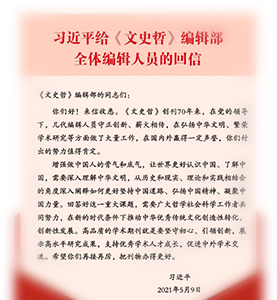古“凿齿民”写照:史前獠牙人头像玉雕属性考——兼释史前东南方拔牙习俗与古“凿齿民”形象之矛盾
王 晖
摘要:主要分布在山东中南部的大汶口文化、山东龙山文化、苏南浙北以及皖鄂一带的良渚文化中墓葬中出土人骨标本中常见被拔牙的情况,许多学者将这种现象与古文献中所说的“凿齿”民相对应,认为其族属为“凿齿”部族,其地域分布也就在古代的东夷部族。但古文献中“凿齿”民的古训注还说“凿齿”民有五六尺或三尺的长牙。今学者多对此加以否定,认为是误传。但根据出土于山东龙山文化或传世的玉雕人头像中,往往在口部有很长的上下獠牙形状,笔者认为这种獠牙人头像玉雕正是古代传说中的“凿齿”民:拔牙习俗与“凿齿”的名义相呼应,而拔牙或“凿齿”后是为了在拔牙的部位装上动物的长獠牙。这种刻画上上下长獠牙的人头像玉雕鲁中南苏北大汶口文化、山东龙山文化等地区拔牙习俗的居民,亦即古文献中所说的被东夷羿部族打败后南迁的“凿齿”部族。
A Portrayal of Ancient Teeth-chiselled People: a Textual Research of the Property of Human Heads with Tusks on Jade Carving
—with a Discussion of the Contradiction between the Prehistoric Custom of Tooth Extraction in Eastern and Southern China and the Image of Ancient Teeth-chiselled People
Wang Hui
The cases of tooth extraction are very common on the bone specimens unearthed from the tombs of the Dawenkou Culture and Longshan Culture (mainly located in middle and south Shandong Province), as well as the Liangzhu Culture (mainly located in south Jiangsu Province, north Zhejiang Province, Anhui Province and Hubei Province). Many scholars correspond such phenomenon with the “teeth-chiselled people” mentioned in ancient literature, and consider they belonged to the “teeth-chiselled” tribe distributed in the ancient Eastern Yi tribes. But the ancient annotations of those literatures also said that the teeth-chiselled people had tusks of five to six feet, or three feet long, which is thought as misrepresentation nowadays. According to the human heads on jade carving unearthed from the tombs of the Longshan Culture or handed down from ancient times, the shapes of long upper and lower tusks often appear at the mouth, and the author judges them to be the portrayal of the teeth-chiselled people in ancient legends, as the custom of tooth extraction echoes with the name of “teeth-chiselled people”, and chiselling or taking off the teeth is for fitting on animal tusks on the corresponding position. The residents lived in the regions of the Dawenkou Culture and the Longshan Culture are just the teeth-chiselled tribes that migrated southward after being defeated by the Yi tribe of the Eastern Yi tribes as described in ancient literature.


